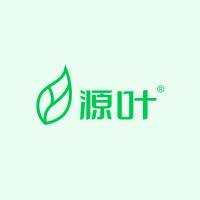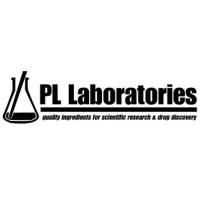The most widely used assays for detecting chemically induced gene mutations are those employing bacteria. The plate incorporation assay using various Salmonella typhimurium LT2 and E. coli WP2 strains is a short-term bacterial reverse mutation assay specifically designed to detect a wide range of chemical substances capable of causing DNA damage leading to gene mutations. The test is used worldwide as an initial screen to determine the mutagenic potential of new chemicals and drugs.
The test uses several strains of S. typhimurium which carry different mutations in various genes of the histidine operon, and E. coli which carry the same AT base pair at the critical mutation site within the trpE gene. These mutations act as hot spots for mutagens that cause DNA damage via different mechanisms. When these auxotrophic bacterial strains are grown on a minimal media agar plates containing a trace of the required amino-acid (histidine or tryptophan), only those bacteria that revert to amino-acid independence (His+ or Tryp+ ) will grow to form visible colonies. The number of spontaneously induced revertant colonies per plate is relatively constant. However, when a mutagen is added to the plate, the number of revertant colonies per plate is increased, usually in a dose-related manner.
This chapter provides detailed procedures for performing the test in the presence and absence of a metabolic activation system (S9-mix), including advice on specific assay variations and any technical problems.






